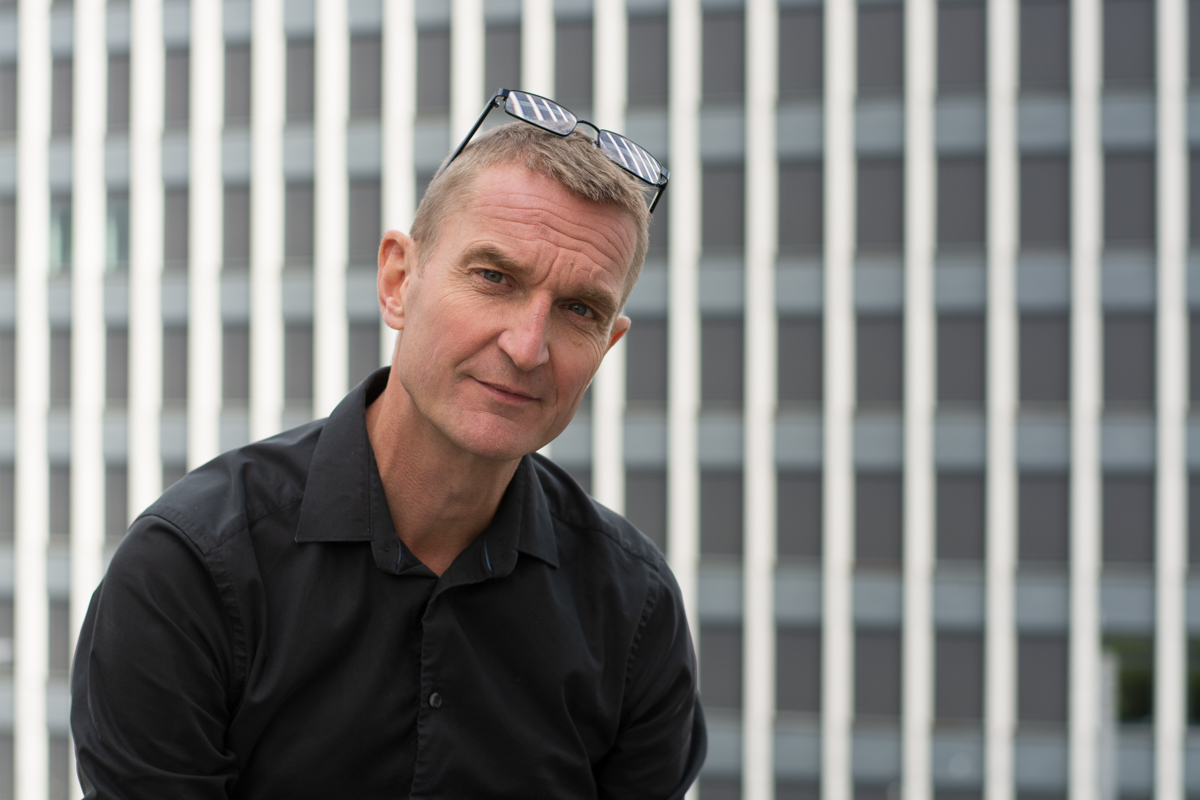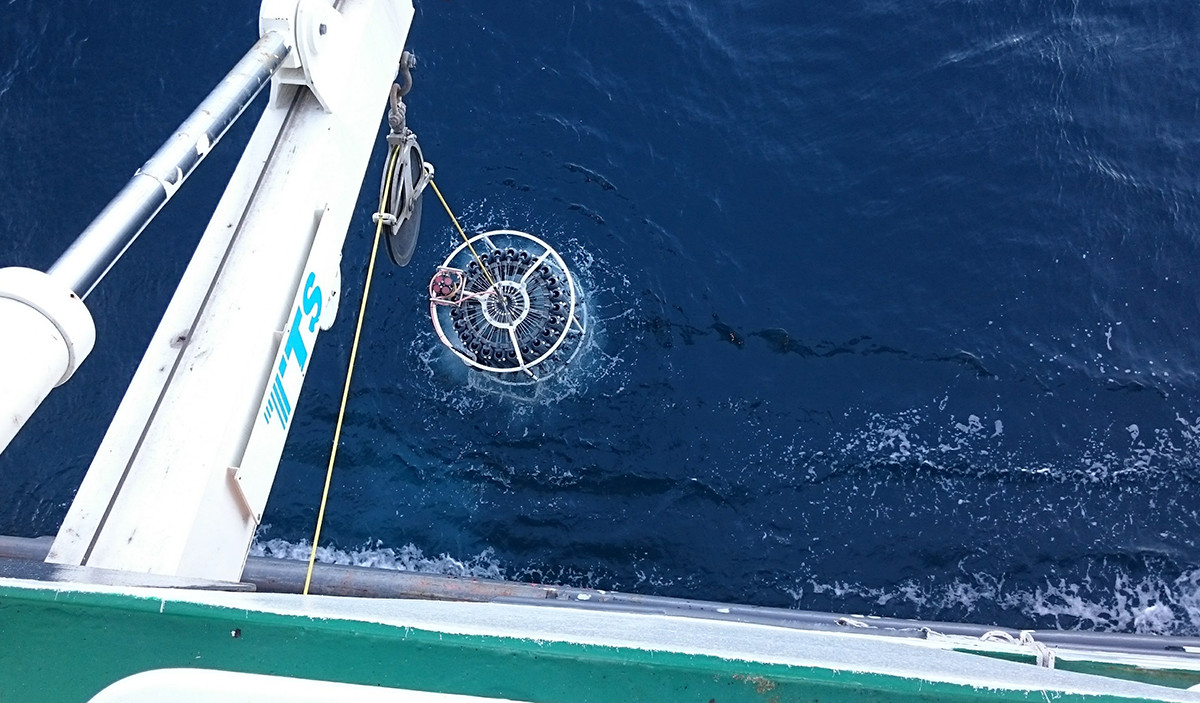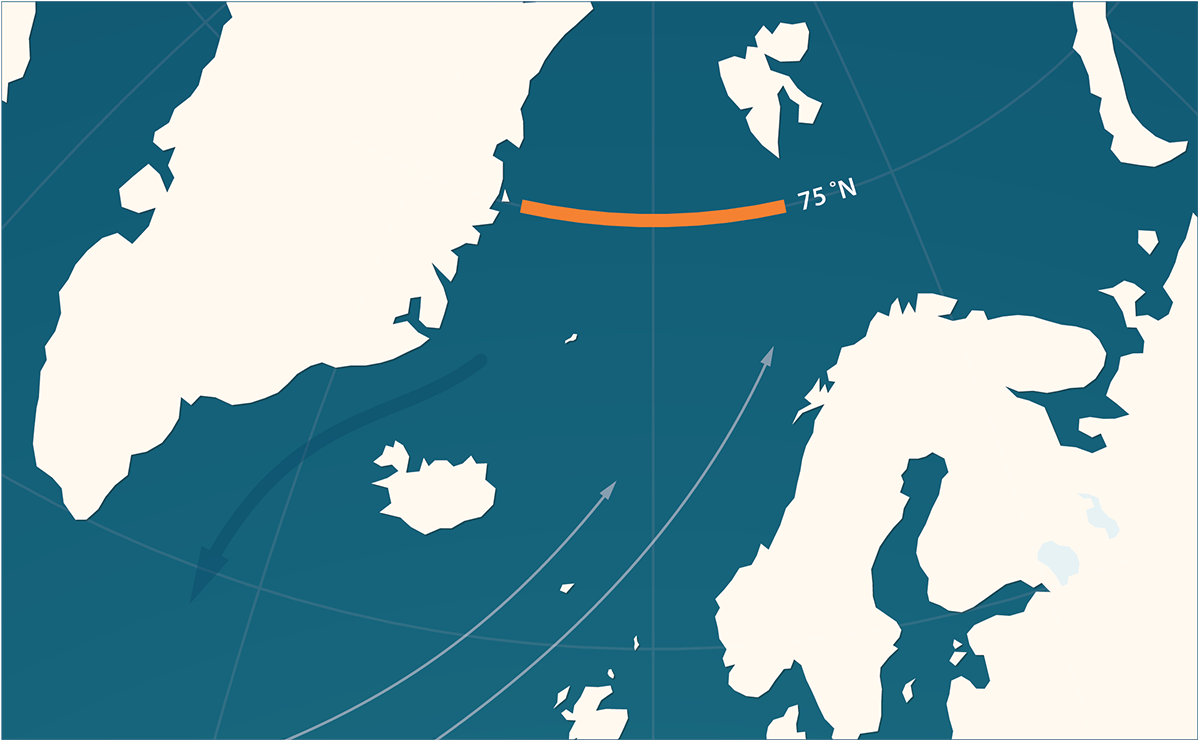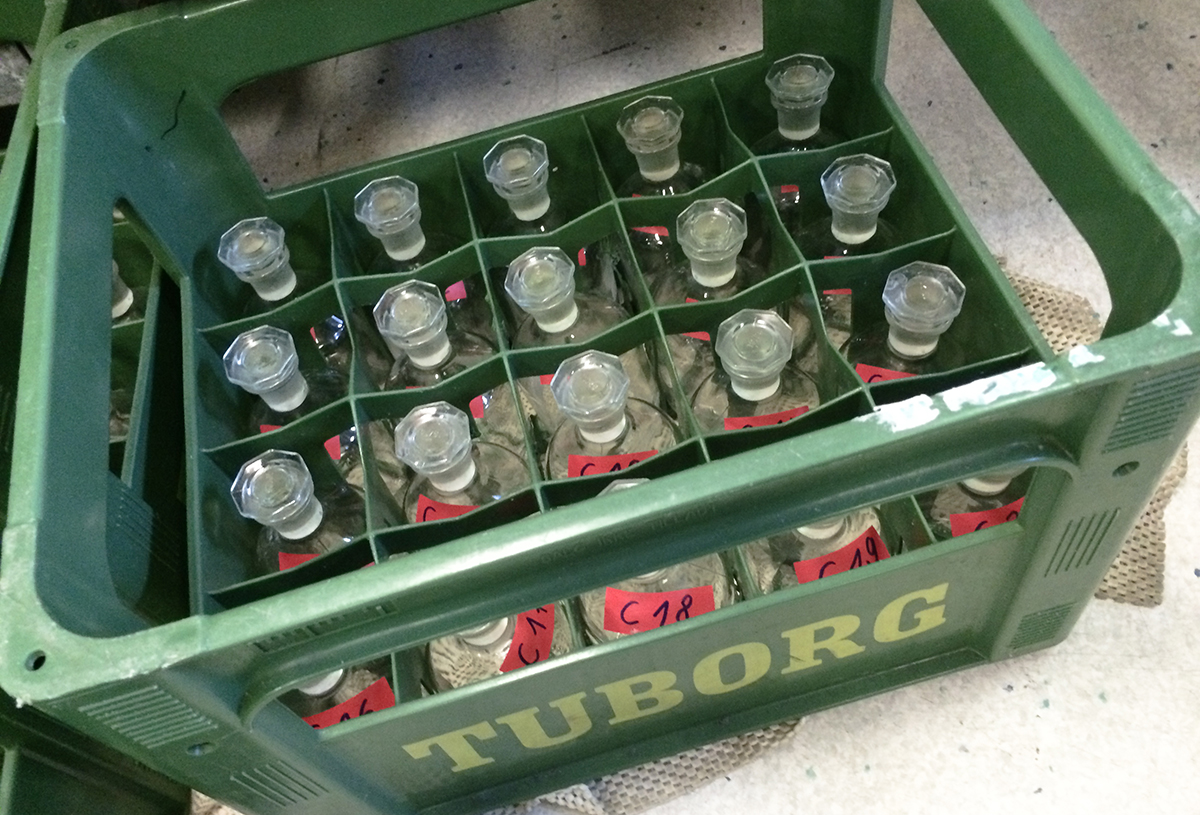"We thought we had control."
Professor Are Olsen frowns and sighs.
"But we have lost it."
As so often before, the research leader from the Bjerknes Centre and the Geophysical Institute at the University of Bergen talks about CO2. But this time uncontrolled emissions are not the cause of worry. His discouragement concerns our incomplete surveillance of CO2, a gas as ethereal as a ghost.
"We" is the population of the Earth, and we have lost track of where the CO2 we emit, ends up.

Oceans and forests take up CO2
When we release CO2 to the atmosphere by burning oil and coal, some CO2 stays in the air, while the rest is taken up by the ocean and the vegetation on land. The distribution between the recipients is important to keep track of.
"Unless we can account for all CO2, we will not know whether emission cuts help," Are Olsen explains.
Neither can we know whether anyone cheats by underreporting their emissions.
An unbalanced budget
Every fall sees an update of the global carbon budget. Strictly, this is an accounting with four entries. Greenhouse gas emissions are balanced against the amount taken up by the ocean and by vegetation on land, together with the amount remaining in the atmosphere:
EMISSIONS = UPTAKE BY OCEAN + UPTAKE BY FORESTS + CHANGE IN THE AIR
The last decades the equal sign has been missing. We have emitted more CO2 than we are able to track:
EMISSIONS = uptake by ocean + uptake by forests + change in the air + SOMETHING GHOSTLIKE, HIDDEN AND ESCAPED
Lost at sea
The deviation constitutes 2.5–3 percent of the global emissions. A tiny contribution?
"Almost a billion ton."
Are Olsen lets go of his frown. After all, a search mission he started, has yielded results.
With colleagues from the University of Bergen, NORCE and the Bjerknes Centre, he has found some of the missing tons. They are in the Greenland Sea, at 1500–2000 meters' depth.

Sinking water drags CO2 into the abyss
Up till now the ocean has absorbed one quarter of all CO2 emitted by humans. Sinking water lies behind the sizeable uptake.
As long as water is exposed to the air above, it will quickly be saturated and unable to absorb more CO2. If surface waters had not sunk, the uptake would have been limited.
Downwelling occurs in the Southern Ocean and in some parts of the North Atlantic Ocean, including the Nordic Seas. In these regions surface water is cooled and sinks to the ocean floor. With the sinking water goes carbon, anthropogenic as natural. This mechanism allows the ocean to remove more CO2 from the atmosphere than would otherwise be the case.
This uptake is far from new and can be estimated. But circulation changes mess up the equation. During the last decades the sinking in the Greenland Sea has been more vigorous than it used to be.
A deepwater revolution
"In 2002 the Greenland Sea had already changed," says Are Olsen.
On a research cruise that year he and his colleagues sampled a transect at 75 degrees north from Bear Island to Greenland. At specific intervals they lowered devices for collecting water samples and measured the amount of carbon in the water, from the surface to the floor, at the most almost four thousand meters below their ship.
When taken up by sea water, the gas CO2 forms other chemical substances containing carbon. What is measured, is not gas, but the total amount of carbon dissolved in the water.
The data from 2002 documented a clear change.

The opposite of natural
Normally, water near the ocean floor will be the richest in carbon. This is because dead algae and other creatures decompose into carbon and sink. The "older" the water – the longer since it was exposed to the atmosphere – the more carbon it contains.
This time the researchers found carbon evenly distributed throughout the water column.
Returning in 2016, they found the distribution to be even more strange. The highest concentration of carbon was found in the younger water – not just near the surface, but down to depths of 1500–2000 meters. The distribution was opposite of what is considered normal.
These findings indicate that the Greenland Sea takes up more CO2 from the air than before, and that this carbon is carried more efficiently into the deep.
Tons of CO2 were localized. Still, the game of hide and seek was not over.

Carbon is not carbon
Carbon in the sea can come from dead algae, seaweed, seals or cod. How could the researchers know that the carbon they found in the Greenland Sea, came from coal and oil – that these were the ghostlike tons needed to make the math work?
Living organisms consist of more than carbon. When biological material decomposes, the nitrogen content of the water increases, while oxygen goes down.
If the changes were due to decomposing sea creatures, this should be notable in the levels of nitrogen and oxygen. It was not.
This makes Are Olsen sure that the extra carbon comes from anthropogenic CO2.
Anthropogenic carbon reaches deeper
More CO2 in the air makes the surface water absorb more CO2, and the last decades increased downwelling in the Greenland Sea has transported more water and more carbon away from the surface.
In 2002 more than fifty years had passed since the water at 1500 meters' depth was at the surface. Water at the same depth in 2016, had in some places spent less than ten years on the same journey.
"A billion ton of CO2 is not likely to be hidden in the Greenland Sea," says Are Olsen. "But it is far from unthinkable that the rest can be found in the global ocean."
Changes in downwelling in other ocean regions may have carried off comparable amounts.
Oceans are longtime storage spaces
Tons of anthropogenic carbon have been dumped into the ocean. Would we stand a chance of sucking them back up? Drag the Phantom Blot and other ghosts out of the Greenland Sea and lock them up in a secure place?
"No". Are Olsen replies promptly. "And there would be no point in doing that. Just nonsense! The carbon stays in the ocean."
The deepwater formed by sinking in the Greenland Sea is so heavy that it falls to six thousand meters' depth when it flows out into the North Atlantic. In that water lies carbon that can be traced back to our CO2 emissions – out of sight, out of reach, out of the atmosphere and not contributing to the greenhouse effect.
Only in a thousand years will water and carbon again reach the surface. By then we may have found a better solution.
Reference
Olsen, A., Rajasakaren, B., Jeansson, E., Lauvset, S. K., Omar, A. M., & Becker, M. (2024). In the wake of deeper convection: Nonsteady state anthropogenic carbon in the Greenland Sea. Journal of Geophysical Research: Oceans, 129, e2023JC020462. https://doi.org/10.1029/2023JC020462

